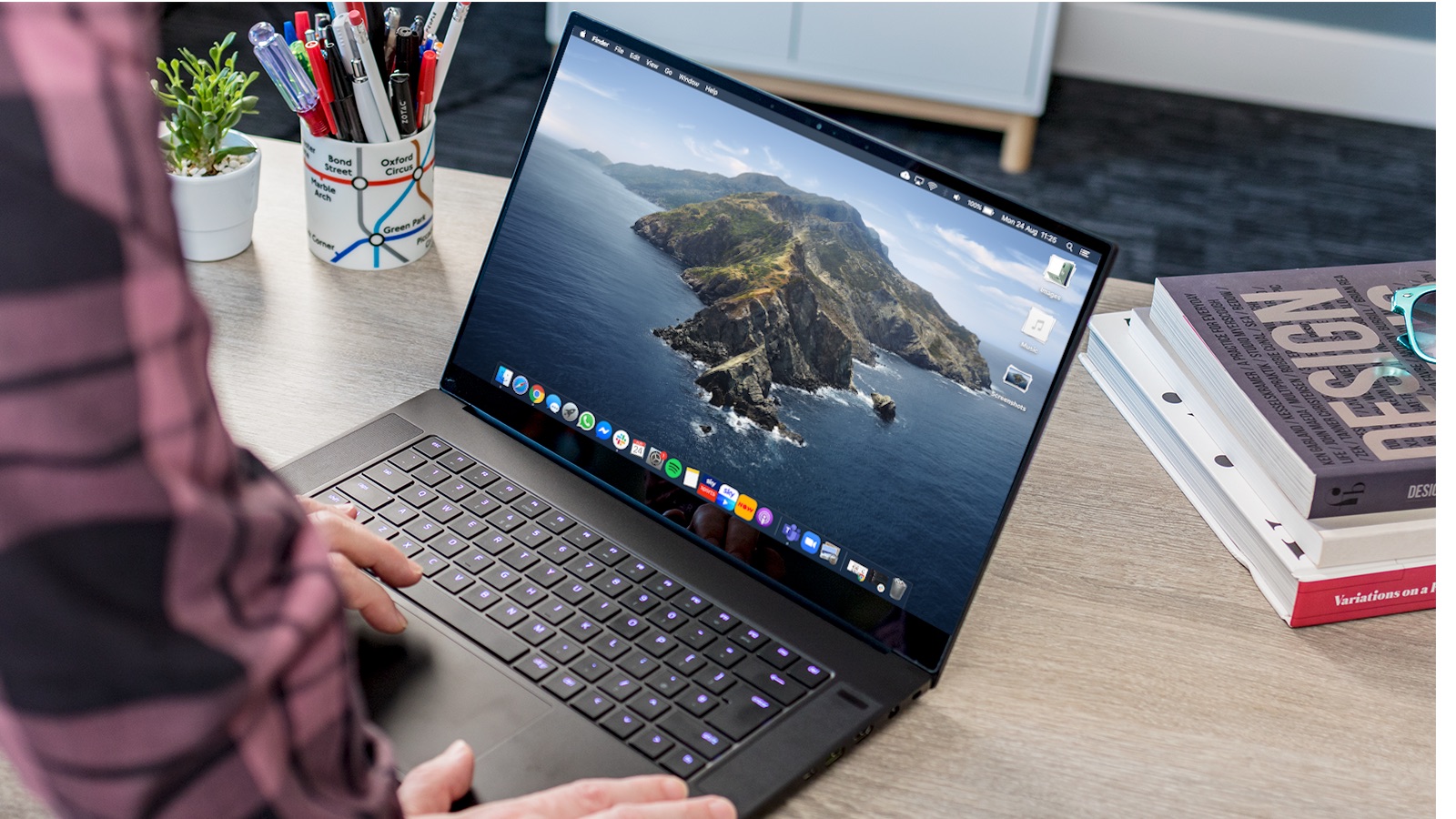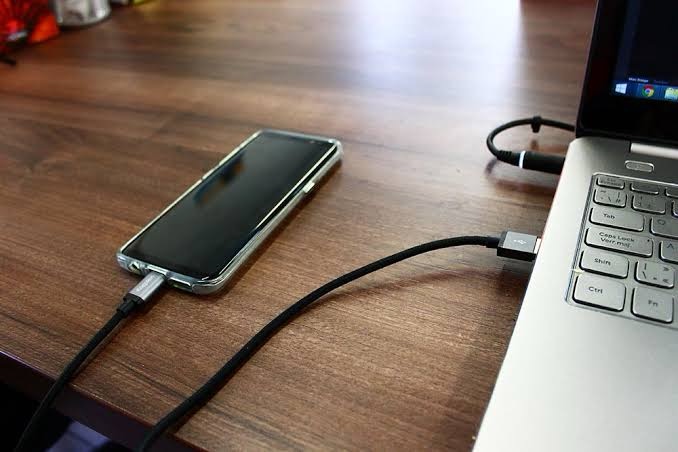Installing macOS on a non-Apple PC, also known as a Hackintosh, requires technical knowledge and involves potential legal and compatibility issues. It’s essential to note that macOS is designed to run on Apple hardware, and installing it on a PC violates Apple’s End User License Agreement (EULA). Proceed at your own risk and responsibility.

General Steps for Installing macOS on a PC (Hackintosh):
1. Check Compatibility:
Research and ensure that your PC hardware is compatible with macOS. Visit Hackintosh communities and forums for compatibility guides.
2. Create macOS Installation Media:
Download macOS installer from the App Store (requires access to a Mac) or find a macOS ISO file. Create a bootable USB drive using tools like UniBeast or TransMac.
3. Prepare Your PC:
Access your PC’s BIOS/UEFI settings and configure them for Hackintosh compatibility. Settings like Secure Boot, VT-d, and SATA mode may need adjustment.
4. Install macOS:
Boot from the USB drive on your PC and follow the installation process. Use the Clover bootloader (or similar) to boot macOS and select the correct boot flags for your hardware.
5. Post-Installation Steps:
After installation, you may need to install additional drivers, patches, and kernel extensions to ensure proper hardware functionality.
6. Update with Caution:
Exercise caution when updating macOS, as system updates might break compatibility with Hackintosh configurations. Wait for community feedback on updates.
Additional Considerations:
- Legal Implications:
Installing macOS on non-Apple hardware violates Apple’s EULA. It is important to understand the legal risks and implications involved.
- Driver and Software Compatibility:
Hardware components like graphics cards, Wi-Fi adapters, and audio devices may require specific drivers for macOS compatibility.
- Community Support:
Join Hackintosh forums and communities for guidance, troubleshooting, and updates on macOS compatibility with non-Apple hardware.
- Back up Your Data:
Before attempting to install macOS on a PC, ensure you have a complete backup of all important data on your PC to avoid data loss.
In Conclusion, Installing macOS on a PC involves technical knowledge, potential legal risks, and compatibility challenges. It is crucial to proceed with caution, research thoroughly, and understand the implications of running macOS on non-Apple hardware. Consider the risks and benefits before attempting a Hackintosh setup on your PC.







